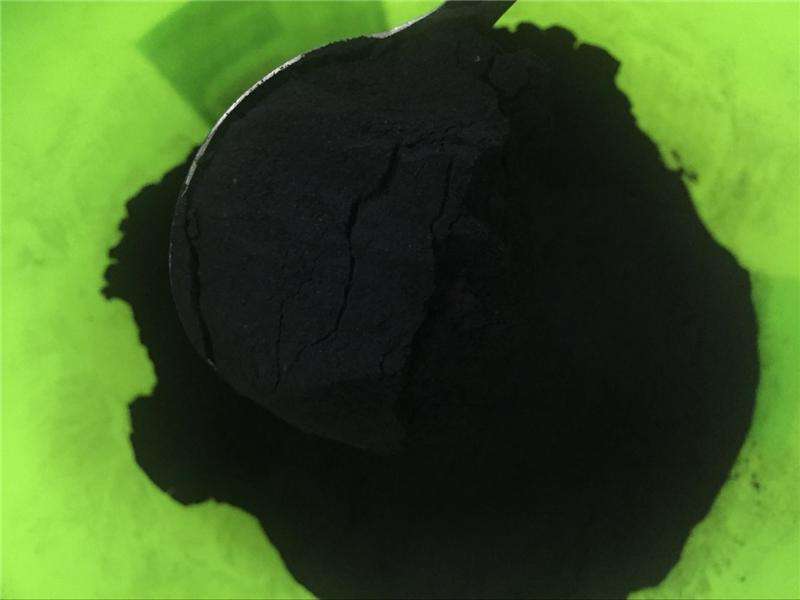
2020-11-03
The following points should be paid attention to in the application of humic acid coated slow-release fertilizer:
1. "One crop and one fertilizer" mainly means that the last crop of field crops such as wheat, corn, cotton, and rice can only be fertilized once. For example, under the yield level of 600kg\/mu of wheat, 700kg\/mu of corn, and 100kg\/mu of lint , 40-50kg of fertilizer can be applied at one time when sowing, and top dressing can be avoided throughout the growth period. It is used for melons, vegetables, fruit trees, etc., which requires a lot of fertilizer. It is recommended to fertilize in stages, but the number of fertilization can be reduced. During the fertilization process , it should be noted that:
1. Avoid mixing seeds and fertilizers, and avoid direct contact between fertilizers and seeds to cause "burning seedlings". The scientific fertilization method is to use multi-functional agricultural machinery to achieve sowing and fertilization at one time, and fertilize 8-10cm below the seed side.
2. In the absence of fertilizing machinery, it is strictly forbidden to water and fertilize before sowing. When laying, pay attention to the evenness of the spread. After spreading, it is necessary to pay close attention to sowing.
2. Fertilization management. Taking wheat as an example, attention should be paid to the management of wheat rejuvenation to jointing stage. Generally speaking, in the greening and jointing stage, there is no significant difference in the growth of wheat using "one-time fertilizer" and wheat using conventional fertilization, but The root system is obviously developed. Due to the delayed effect of nitrogen in the slow-release fertilizer in early spring, the second internode of wheat is short and thick, the toughness of the whole culm is enhanced, and the lodging resistance is improved. Thousand-kernel weight is obviously better than conventional fertilization methods. However, in some plots, in the early spring wheat rejuvenation period, the wheat seedlings may appear slightly yellowed, which is different from the rejuvenation of wheat with top dressing.

There are many factors that lead to the yellowing of wheat seedlings from turning green to jointing stage. Pay attention to analyze the reasons and treat them differently. For example, drought, freezing damage, diseases and insect pests may cause wheat seedlings to "yellow". As far as fertilization management is concerned, the possible reasons are as follows: The following points: First, the more common uneven sowing causes local wheat seedlings to "yellow"; second, a large amount of straw is returned to the field, which causes the straw to decompose and the crops grow to compete for water and fertilizer. On the stalks, it is difficult to absorb nutrients from the soil, and the wheat seedlings appear yellow in pieces; third, some sandy loam soils have poor ability to retain fertilizer and water, which may lead to dwarf wheat, less tillers, and yellow leaves. Methods for fertilizing remediation:
1. It is not advisable to carry out "one-time" fertilization in plots with poor ability to retain fertilizer and water, and it should be applied in stages.
2. When the straw is returned to the field, if the wheat seedlings turn yellow due to lack of nitrogen, 5-10kg of urea can be applied per mu during the rising or jointing period, or 30-50kg of urea solution with a concentration of 2% can be sprayed on the leaves.
3. For high-yield fields with large seeding rate and high target yield, the amount of fertilizer should be appropriately increased, such as 500-600kg per mu, and the amount of fertilizer should not be less than 50kg.